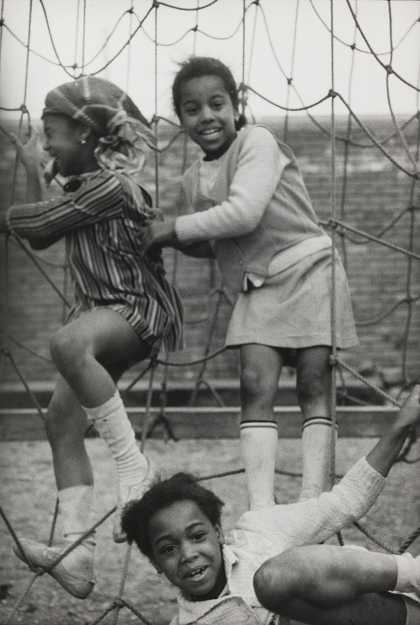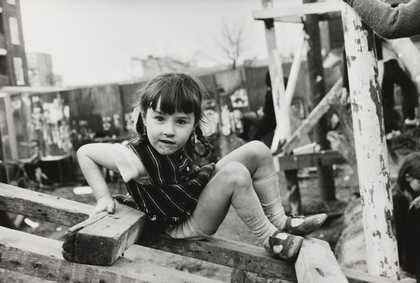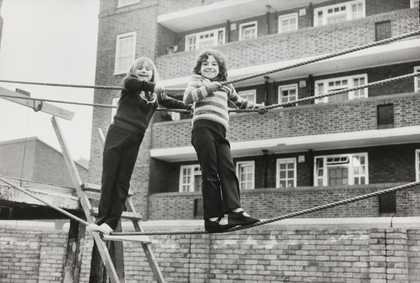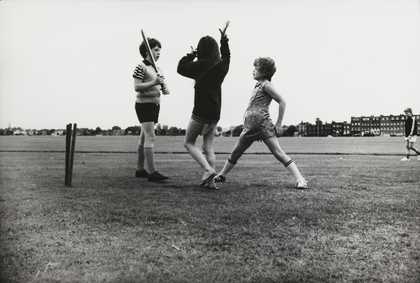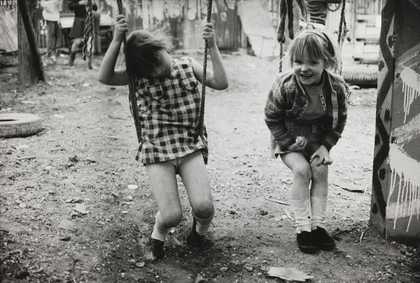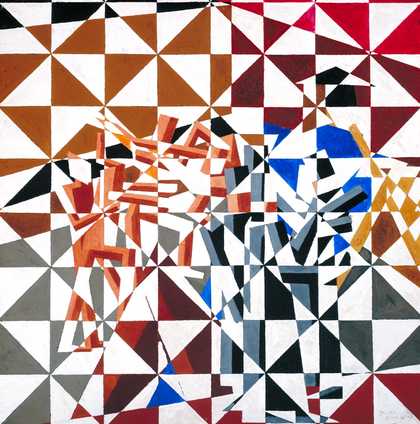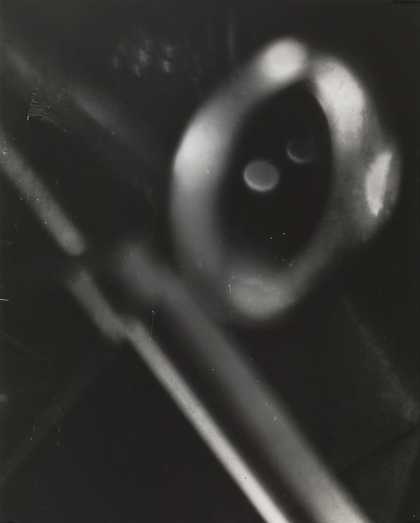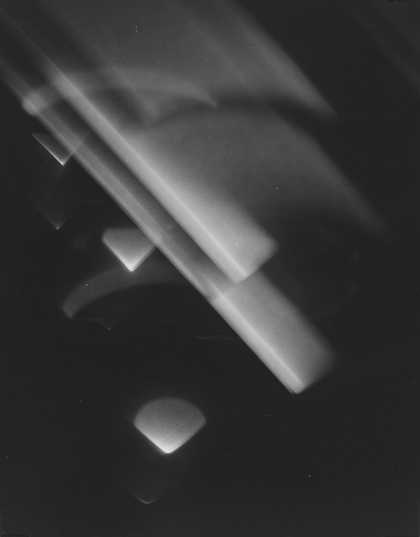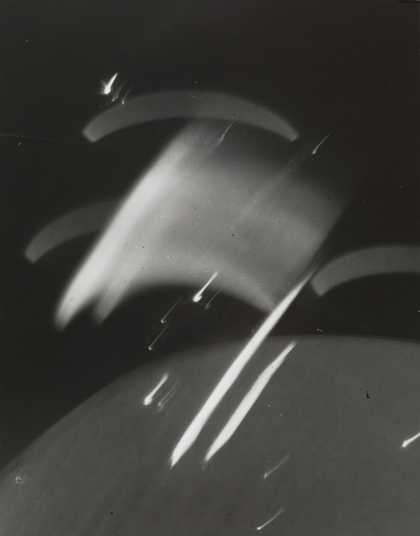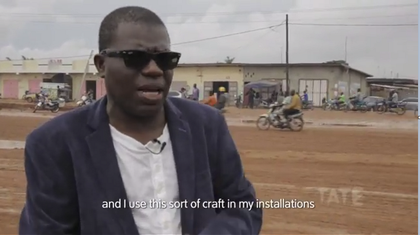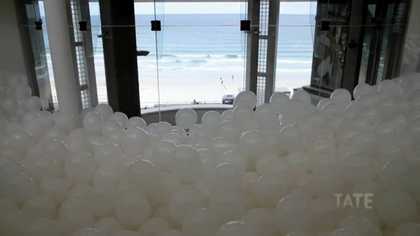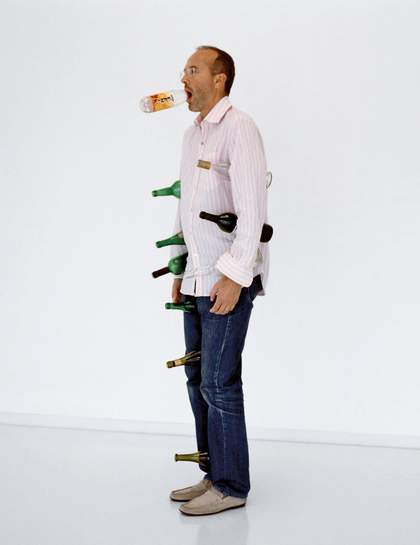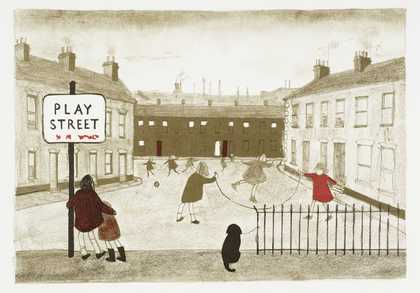
Janet Ledger
Play Street (1976)
Tate
Playing out
Until the late 1990s most children in the UK spent lots of time ‘playing out’. Playing in the street, on wasteland or in local woodland, parks or countryside. Changes in society and increases in traffic mean that this is no longer the norm for most children and young people. But artists who were inspired by the world around them, especially those in industrial towns and cities, have often depicted children at play in the street.
American-born photographer Errol Sawyer captured children in London playing unsupervised on the city streets and playgrounds as well as in London’s green spaces. How do you feel about these children playing in the streets? Does it feel free? Or dangerous? What does it make you think about the ways in which society is changing?
Of course, outside of the UK, street play is still normal, or even a necessity for many children.
Plays and Players
Play is a word with many meanings. As a noun it means something that doesn't always have an element of fun – even a tragedy is called a play. Artists and the theatre have often worked together. Artists create stage sets, backdrops or costumes, or documenting the celebrity actors of the day.
Shakespeare’s plays have held a long appeal for artists. The familiar stories and iconic scenes lend themselves to countless visual retellings. You can take a deeper look at John Everett Millais’ iconic painting, Ophelia, looking closely at the subject and materials and techniques, but many other artists have drawn inspiration from Shakespeare.
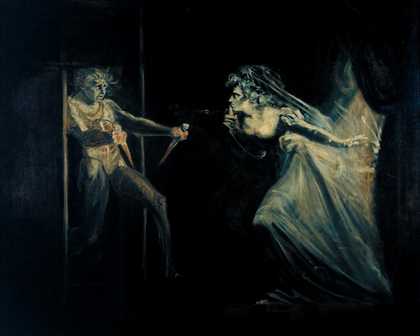
Henry Fuseli
Lady Macbeth Seizing the Daggers (?exhibited 1812)
Tate
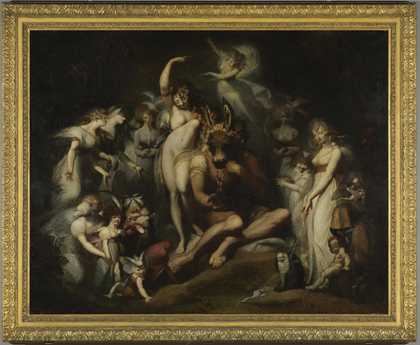
Henry Fuseli
Titania and Bottom (c.1790)
Tate
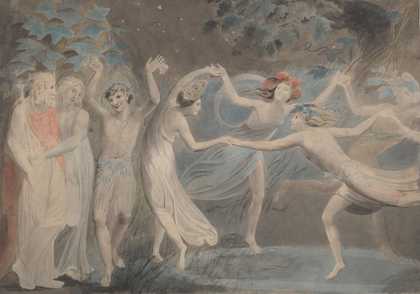
William Blake
Oberon, Titania and Puck with Fairies Dancing (c.1786)
Tate
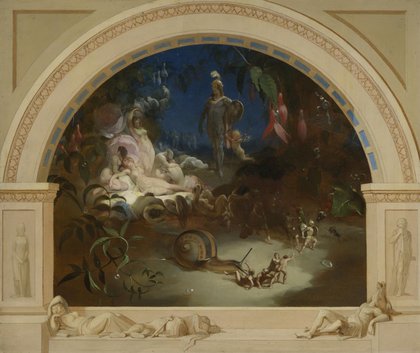
Robert Huskisson
The Midsummer Night’s Fairies (exhibited 1847)
Tate
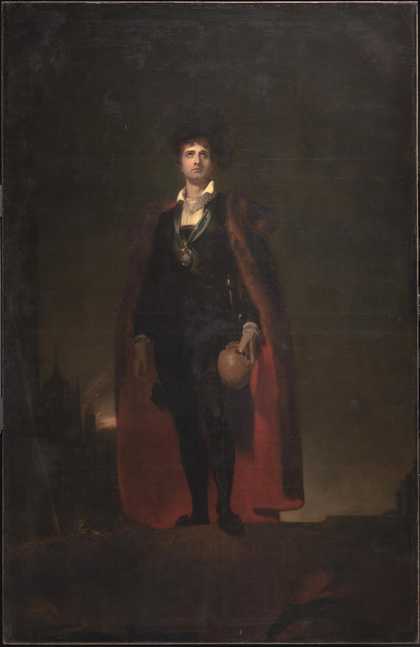
Sir Thomas Lawrence
John Philip Kemble as Hamlet (1801)
Tate
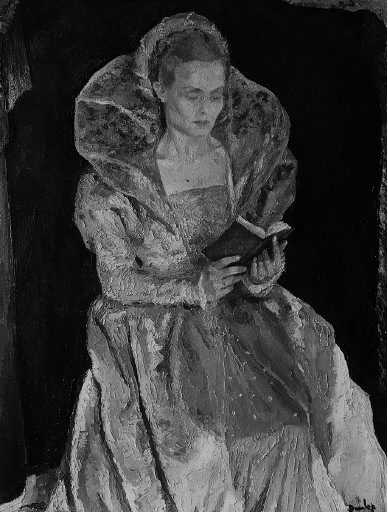
Ronald Ossory Dunlop
Rosalind Iden, as Ophelia (1940)
Tate
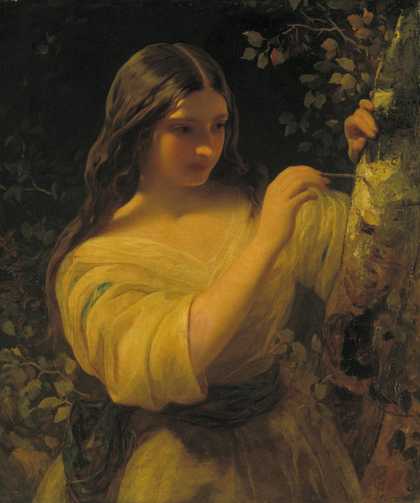
James Sant
Rosalind ()
Tate
Costume designs are another way that artists can be involved in plays:
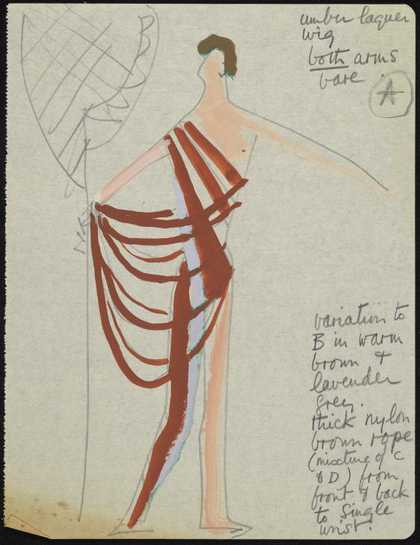
Dame Barbara Hepworth
Costume designs for the ‘Tree Presences’ (1954–5)
Tate Archive
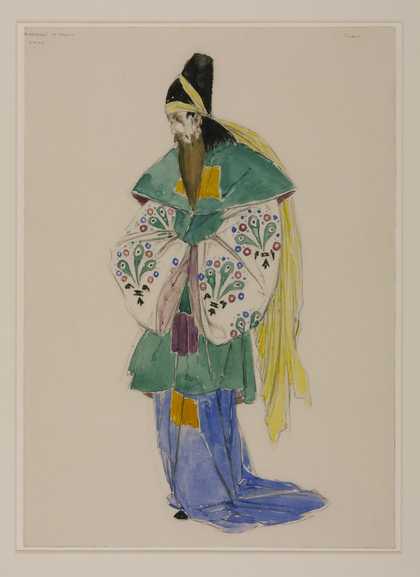
Charles Ricketts
Costume Design for Tubal in ‘The Merchant of Venice’ (1918)
Tate
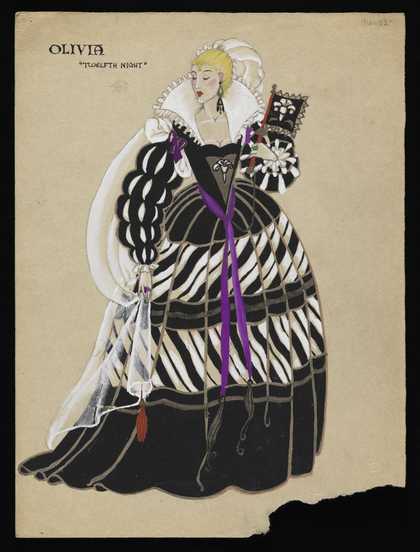
Dame Eileen Mayo
Costume design for Olivia ‘Twelfth Night’ ()
Tate Archive
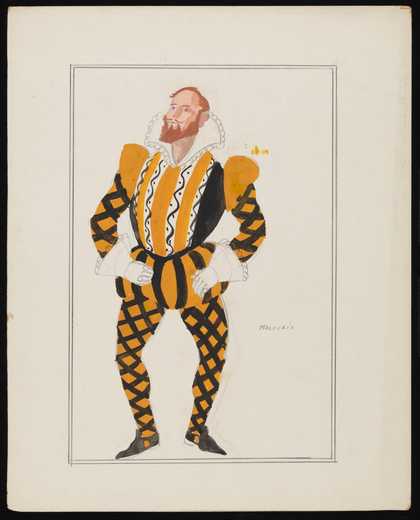
Anne Estelle Rice
Costume design titled ‘Malvolio’ ()
Tate Archive
Perhaps you were in the school play too...
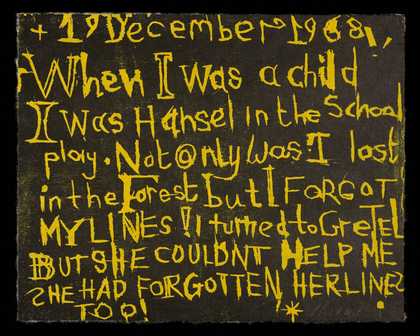
Bob and Roberta Smith
I was Hansel in the school play (2008)
Tate
Play and fun and the absurd
Artist Erwin Wurm makes sculptures with his body – and his One Minute Sculpture series is full of fun playful elements. What would it look like if you made a sculpture from what's around you right now?
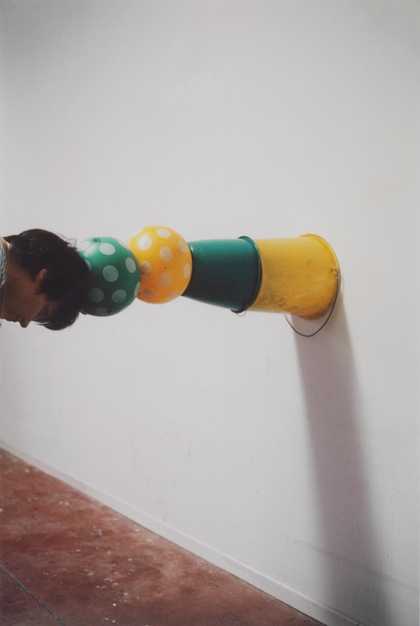
Erwin Wurm
One Minute Sculptures (1997)
Tate
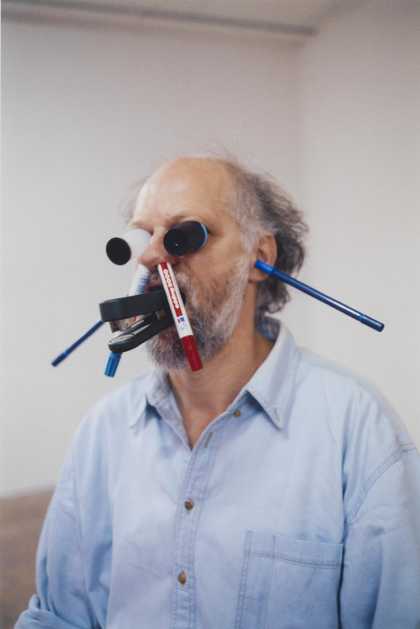
Erwin Wurm
One Minute Sculptures (1997)
Tate
Elizabeth Wright painstakingly reconstructed a racing bike at 135% enlargement. It’s just enough for us to feel that something is wrong with it, and to feel absurd.
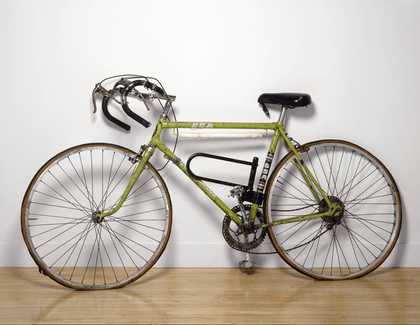
Elizabeth Wright
B.S.A. Tour of Britain Racer Enlarged to 135% (1996–7)
Tate
When artist duo Peter Fischli and David Weiss were commissioned to make a new work for the opening of Tate Modern, they created an artwork that made it look as if this room in the building was unfinished. Fischli &Weiss’s work often plays with humour in objects.
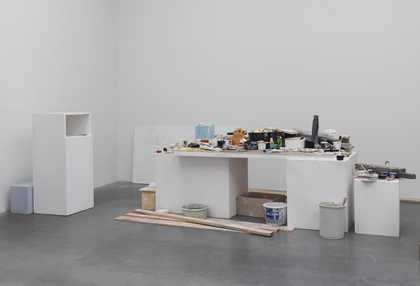
Peter Fischli, David Weiss
Untitled (Tate) (1992–2000)
Tate
© Peter Fischli and the estate of David Weiss, courtesy Matthew Marks Gallery, New York
British artists Paul Harrison and David Wood make video art where they often seem to be playing. Though they are quite deadpan in their almost slapstick performances. Do you think artists normally look like they are having a lot of fun?
Can an artwork actually invite you to play? You might find yourself playing in Lis Rhodes Light Music:

Lis Rhodes
Light Music (1975)
Tate
What about a playground made at the right scale for adults? Is it still fun to return to what you did as a child, when you’re an adult?
Playing sports and playing instruments
The fact that we use the word ‘play’ for many skillful and complicated activities is interesting. What is it that is the same about sports and music? Perhaps it's how it makes us feel while we're doing it. Or how we feel when we watch a musician transported by their performance or an athlete at the top of their game.
Playing an instrument is a phrase we use regularly. But what exactly is an instrument? And do you need to be making music to be playing one? Many artists have made non-musical instruments that need to be played with the human body.
Rebecca Horn’s Feather Instrument is not musical, but it does evoke an emotional response in both the performer and the viewer. Her work often includes elements that are associated with fun and play, but they can be serious and even sinister in performance.
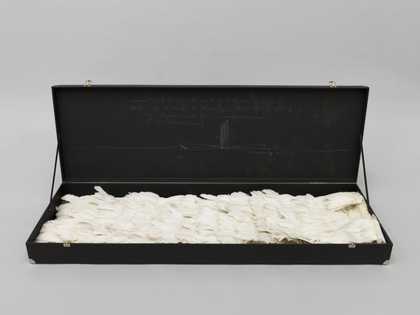
Rebecca Horn
Feather Instrument (1972)
Tate
Can you capture the movement and athleticism of playing sport in an image? Artists have tried to find different ways of representing the excitement of sport. Do you think this is successful? Does it feel like play? How would you capture the emotion of playing or spectating?
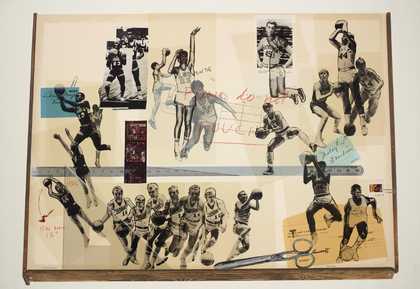
Howard Kanovitz
Basketball Pinboard (1969)
Tate

Angela Bulloch
West Ham - Sculpture for Football Songs (1998)
Tate
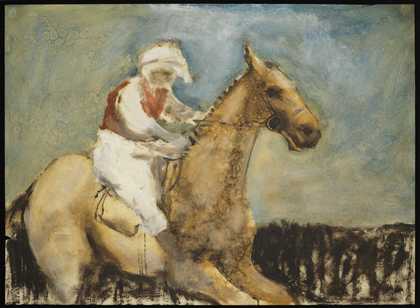
Aubrey Williams
Painting of a jockey riding a horse ([1970s])
Tate Archive
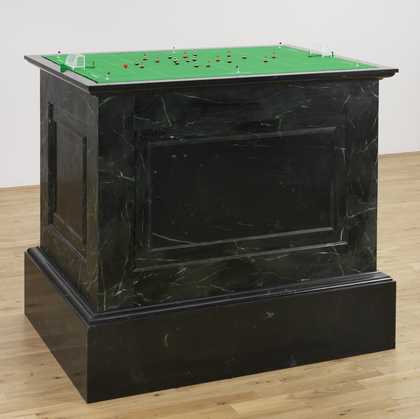
Mark Wallinger
They Think It’s All Over... It Is Now (1988)
Tate
Playing games
As we get older play might be less about rough and tumble, and more about the idea of finding flow and concentration. Maybe playing lets us be concentrated and in the moment - like a card game, maybe solitaire or patience. Perhaps it lets us forget a moment.
Or maybe it is a social activity where we meet and play together. What does play look like for you?
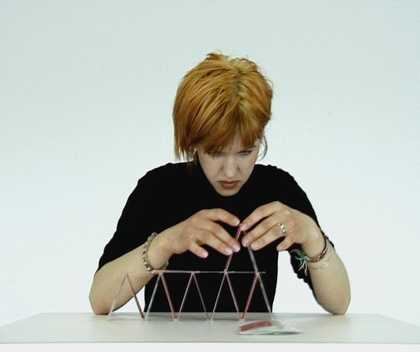
Hilary Lloyd
Monika (2000)
Tate
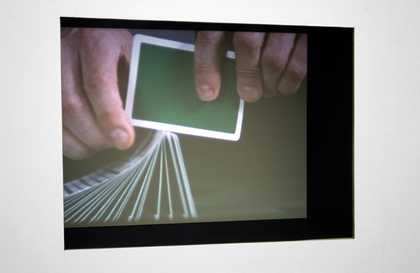
Daria Martin
Closeup Gallery (2003)
Tate
In Meshac Gaba’s Museum of Contemporary African Art, he includes a Game Room as one of the 12 rooms of his installation. The title Museum of Contemporary African Art draws attention to the fact that such a museum does not yet exist in Africa. He wanted this project to be a spark for debate around ideas of what African art is: ‘My museum doesn’t exist. It’s only a question … I don’t come from traditional Africa but from modern Africa: that’s why I ask questions about the education I had. If I create a museum of contemporary African art, it’s because I say that people who gave me that education ... shut me up inside tradition.’ (Gaba 2001) His museum is a space for social and cultural interaction, so a room of games for people to play and interact together is important.
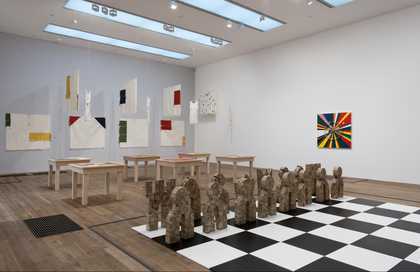
Meschac Gaba
Game Room From Museum of Contemporary African Art (1997–2002)
Tate
Abstract play
Play isn’t always about human interaction though. Play can also be abstract – what about the play of light on a surface? Does the wind play in the trees?
Perhaps an artist can actually make light play, rather than waiting to find it playing alone. Manipulating the light around an artwork can bring elements of play into the normally serious museum space.
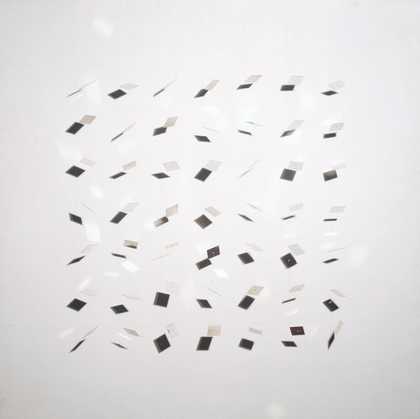
Julio Le Parc
Continual Mobile, Continual Light (1963)
Tate
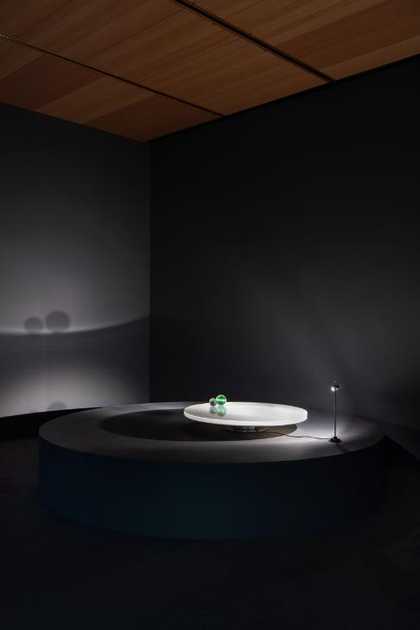
Liliane Lijn
Liquid Reflections (1968)
Tate
Finally, we can wonder if play is limited to animals. Pets certainly play, and young animals in the wild seem to too. Can other objects play?
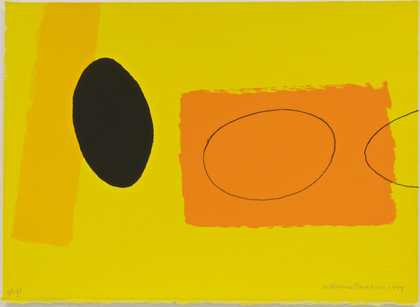
Wilhelmina Barns-Graham
Orange and Lemon Playing Games (1999)
Tate

